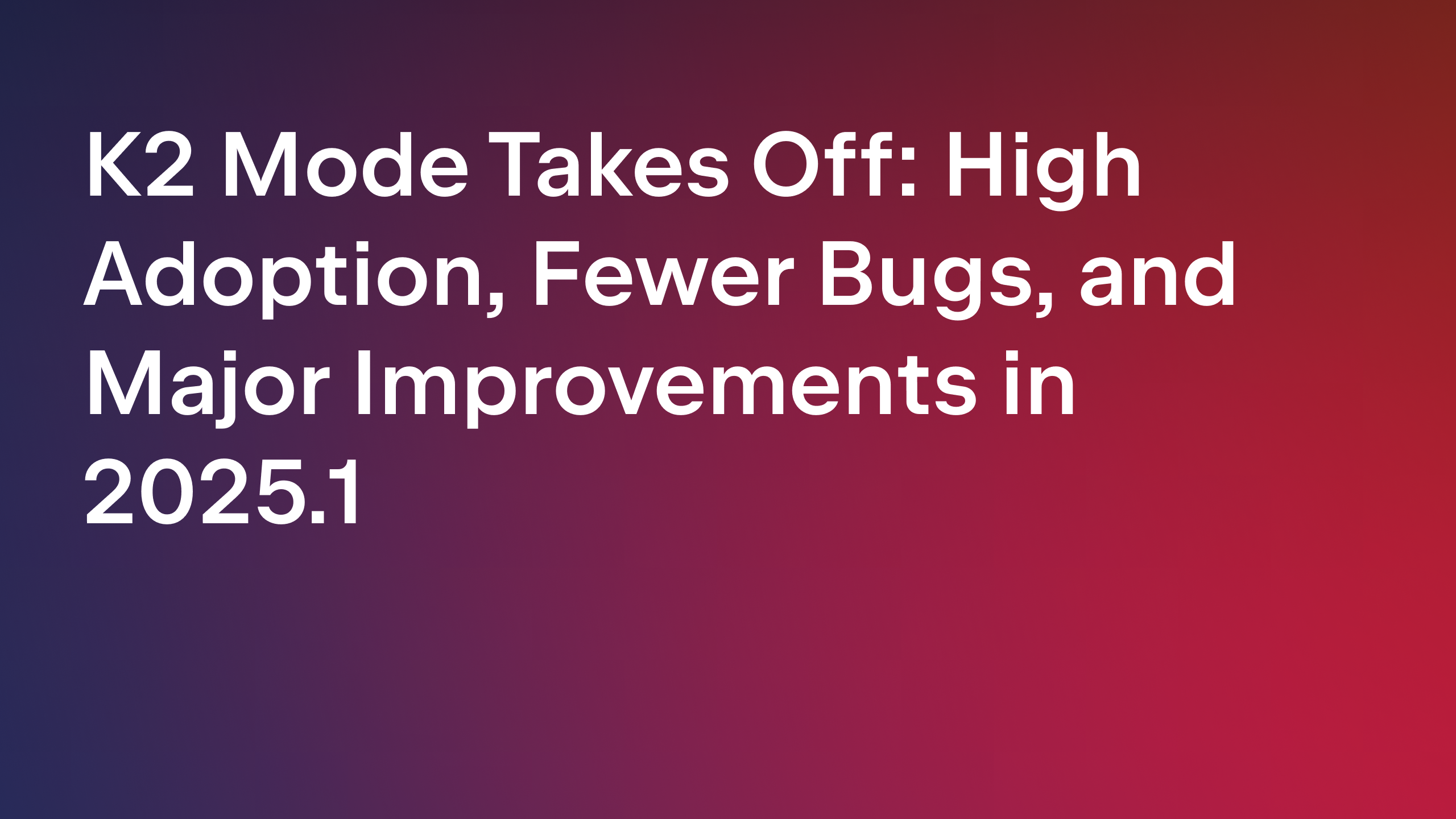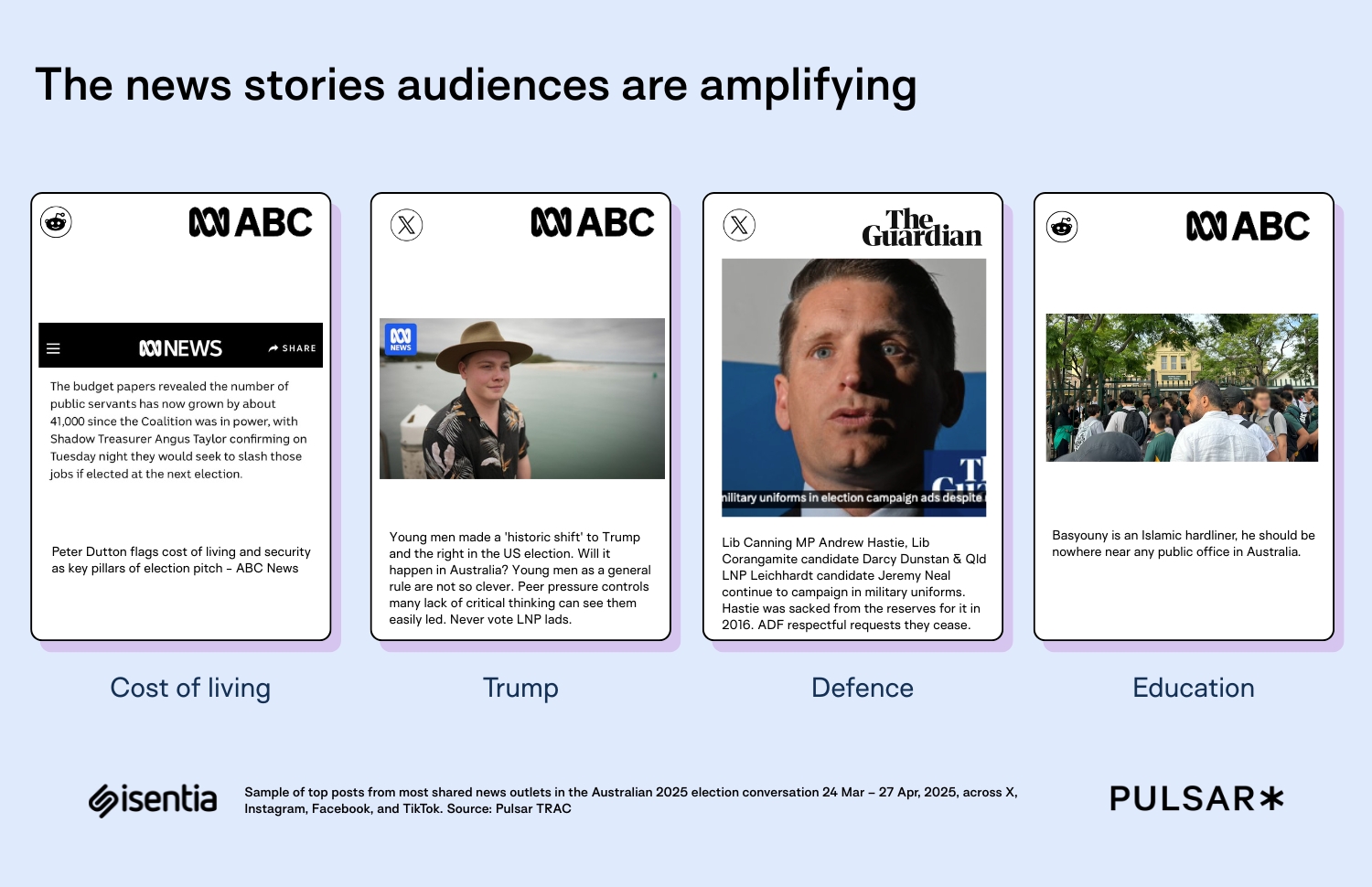The fragile currency of trust: what the panel unpacked
At our Taking Back Trust panel, speakers didn’t just agree that public confidence in media, institutions and messaging is shifting. They challenged long-held assumptions about how trust is earned in the first place. Some framed the current moment as a genuine “trust crisis”. Others saw something more layered, a redefinition of who and what audiences […] The post The fragile currency of trust: what the panel unpacked appeared first on Isentia.
At our Taking Back Trust panel, speakers didn’t just agree that public confidence in media, institutions and messaging is shifting. They challenged long-held assumptions about how trust is earned in the first place.
Some framed the current moment as a genuine “trust crisis”. Others saw something more layered, a redefinition of who and what audiences choose to believe. As Monica Attard OAM pointed out, trust in journalism today is shaped by whether audiences feel respected. Not spun, not lied to, not taken for a ride. When news feels ideologically loaded or out of step with what people know to be true, trust quickly erodes.
The panel made it clear that trust isn’t built through repetition. It’s forged through clarity, transparency and context. Two pillars stood out: accessibility and personal relevance. Trust is no longer just about the messenger. It’s about whether the message feels honest, and whether it meets people where they are.
Transparency isn’t optional.
The rise of polarised news and fragmented information ecosystems hasn’t just affected the public. It has reshaped how media outlets themselves think about trust. As John McDuling of Capital Brief noted, earning trust today requires more than getting the story right. It demands openness about how the story was made.
That means being transparent about where information comes from, clearly attributing sources, and acknowledging mistakes. “Correcting errors is a strength, not a weakness,” he said. Vague or thinly sourced reporting, once more easily accepted, no longer cuts through. Trust is now built through precision, accountability, and the willingness to show your work.
The medium is shifting. So is the audience.
Much of the discussion circled back to how audiences are evolving. Younger generations aren’t just consuming news differently, they’re questioning the idea of shared truth altogether. There’s a growing scepticism toward objectivity as a fixed standard. Instead, content that reflects personal experiences and values tends to resonate more.
This shift is most visible on platforms like TikTok and Reddit, which panellists noted as primary news sources for many younger users. People now engage with information on their own terms, often picking up snippets in their feed before diving deeper through Google searches or podcasts. According to Dr Lisa Portolan, this more autonomous style of consumption is changing how trust is formed, and how communication needs to adapt.
She highlighted a broader transformation in the nature of trust itself. For most of human history, trust was built locally. Institutional trust, in government, media, or politics, only became dominant in the last few centuries. Now, technology is redistributing that trust again. People are more likely to believe a peer or content creator than a traditional source. That shift, Portolan said, represents both a degradation of institutional trust and a redefinition of what trust looks like in a decentralised environment.
From a communications perspective, it also means navigating synthetic and AI-driven research with care. When organisations don’t fully understand their audiences, there’s a risk of being misled by artificial signals. The solution, as the panel noted, lies in truly knowing your audience, not just where they are, but how they decide who and what to trust.
AI is already changing the game
If there was one issue that united the panel, it was the urgency around artificial intelligence.
The conversation went beyond newsroom tools or job losses. The focus was trust. Panellists raised concerns about bias in training data, a lack of transparency from AI providers, and the risk of narrowing information loops shaped by commercial deals.
Monica Attard spoke about the dangers of closed systems, where the same sources are surfaced repeatedly, and the need to keep human values at the centre. Relying on technology alone, she said, won’t solve trust issues.
The panel returned to attribution as a key differentiator. As John McDuling noted, one way to stand apart from AI-generated content is to clearly link to original sources, especially those outside commercial LLM training sets. He wasn’t convinced AI would help build trust, at least not yet. These tools always give an answer, even when it’s wrong.
He compared the emerging response to an organic food movement. “You can trust this was generated by humans.” In a more artificial information environment, that may become the most important signal of all.
What’s next
There’s no silver bullet. But across the board, the panel pointed to consistency, transparency, and nuance as essential tools, even when messages are uncomfortable or contested.
Sometimes trust isn’t about getting everything right. It’s about showing up, being clear about your limits, and staying open to scrutiny.
Ngaire Crawford challenged common assumptions about media literacy, pointing out that the problem isn’t confined to young people. In fact, older audiences are often more vulnerable to misinformation because they struggle to navigate the digital information environments around them. The challenge, she said, is not just media literacy, but informational literacy, knowing how to critically assess and access trustworthy content.
From a communications perspective, that calls for vigilance. People want to feel in control of the information they consume. They want to research for themselves, but often can’t find what they need. That gap creates space for misinformation to thrive, and it raises new questions about how information will be surfaced by AI.
The answer? Over-communicate. Provide written sources, supporting detail, and longer-form content where possible. It’s not just about the message or the sound bite. It’s about making sure people have access to the information they need to come to their own conclusions.
Missed the panel?
The post The fragile currency of trust: what the panel unpacked appeared first on Isentia.



















































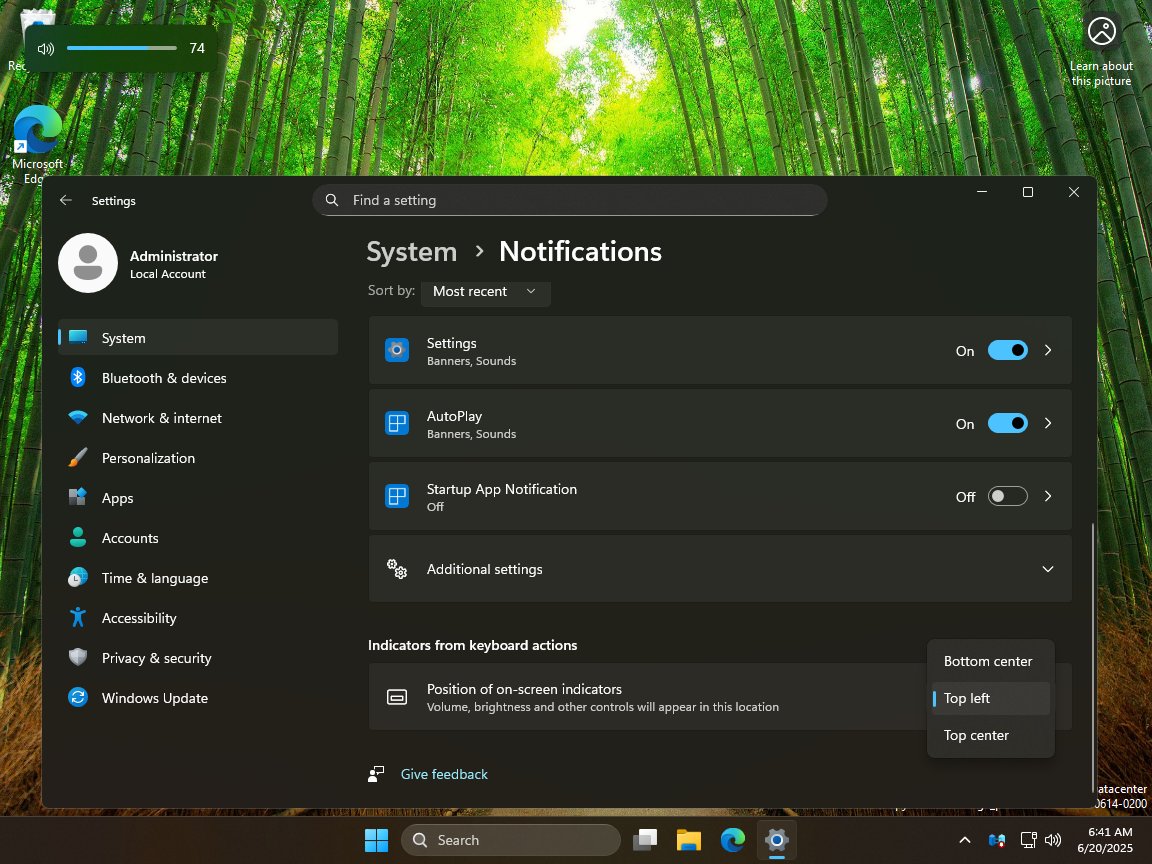
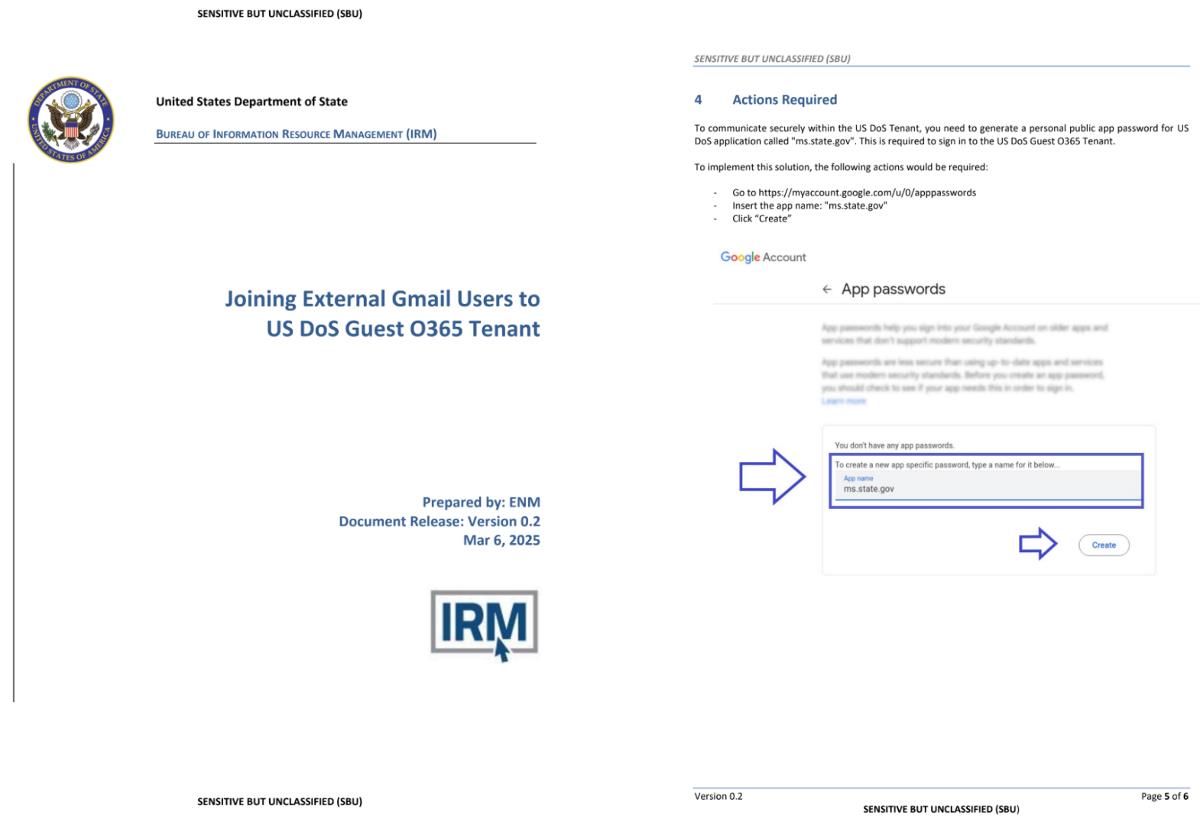







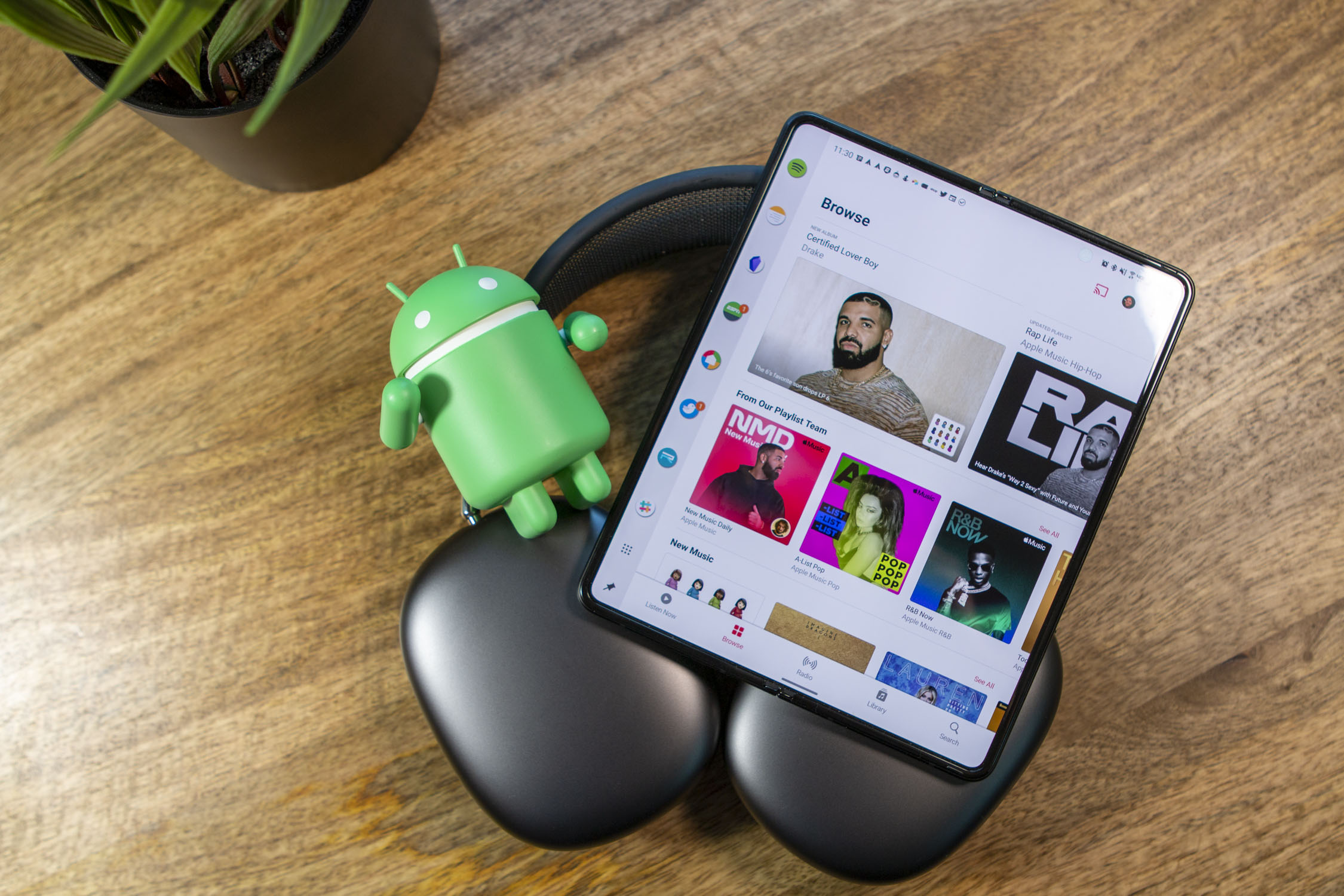












![Apple Seeds tvOS 26 Beta 2 to Developers [Download]](https://www.iclarified.com/images/news/97691/97691/97691-640.jpg)
![Apple Seeds watchOS 26 Beta 2 to Developers [Download]](https://www.iclarified.com/images/news/97688/97688/97688-640.jpg)
![Apple Releases iOS 26 Beta 2 and iPadOS 26 Beta 2 [Download]](https://www.iclarified.com/images/news/97685/97685/97685-640.jpg)
![Apple Seeds visionOS 26 Beta 2 to Developers [Download]](https://www.iclarified.com/images/news/97693/97693/97693-640.jpg)


















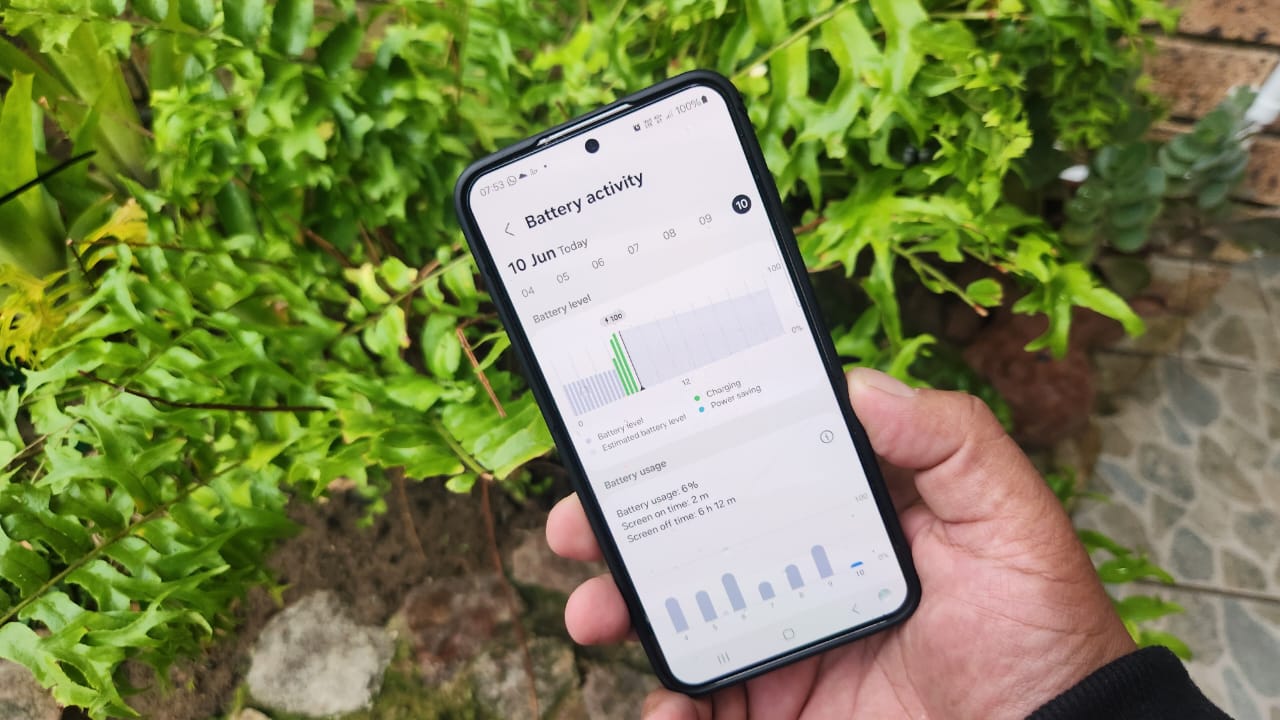





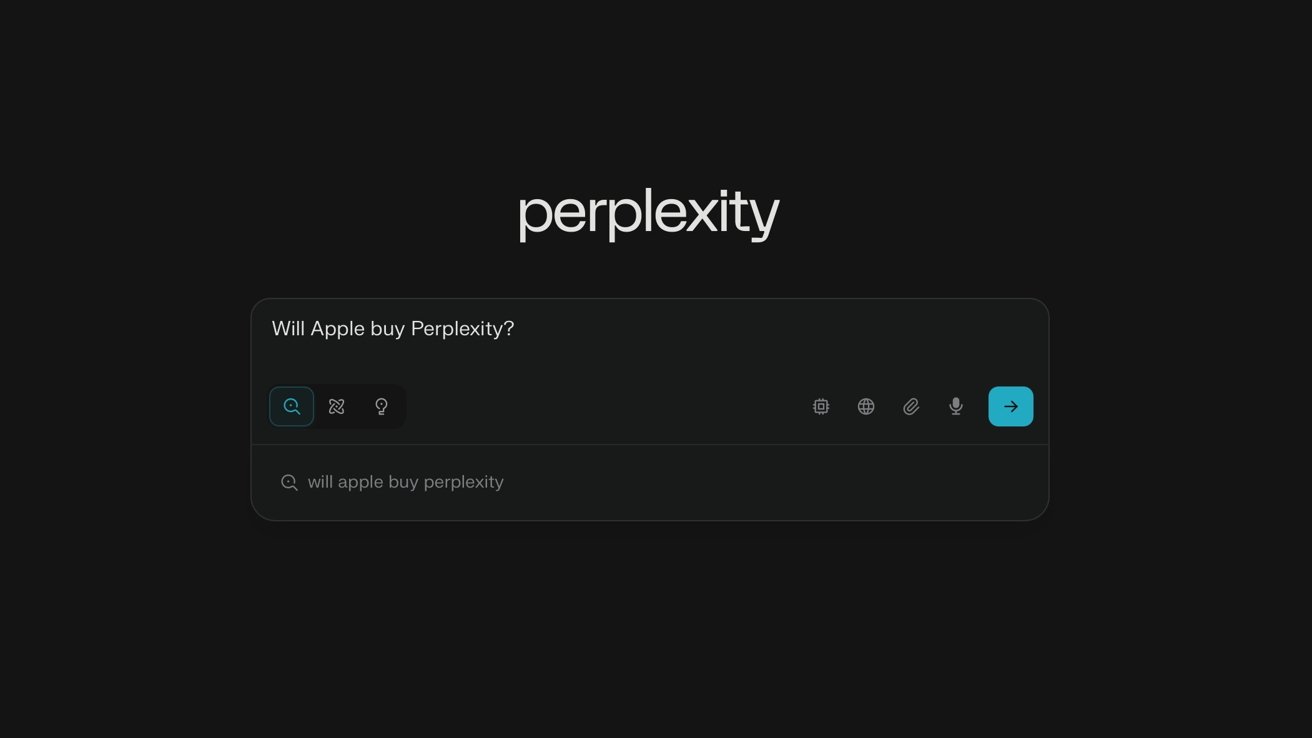

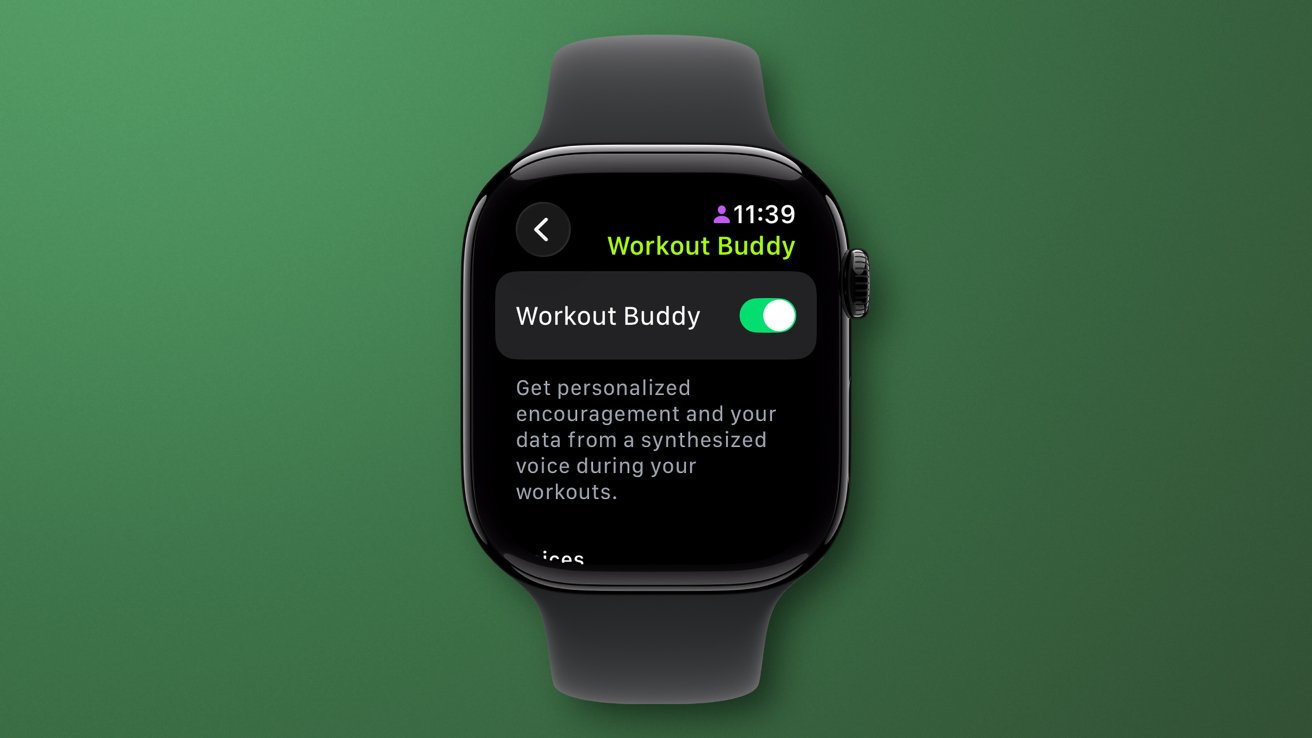



















































































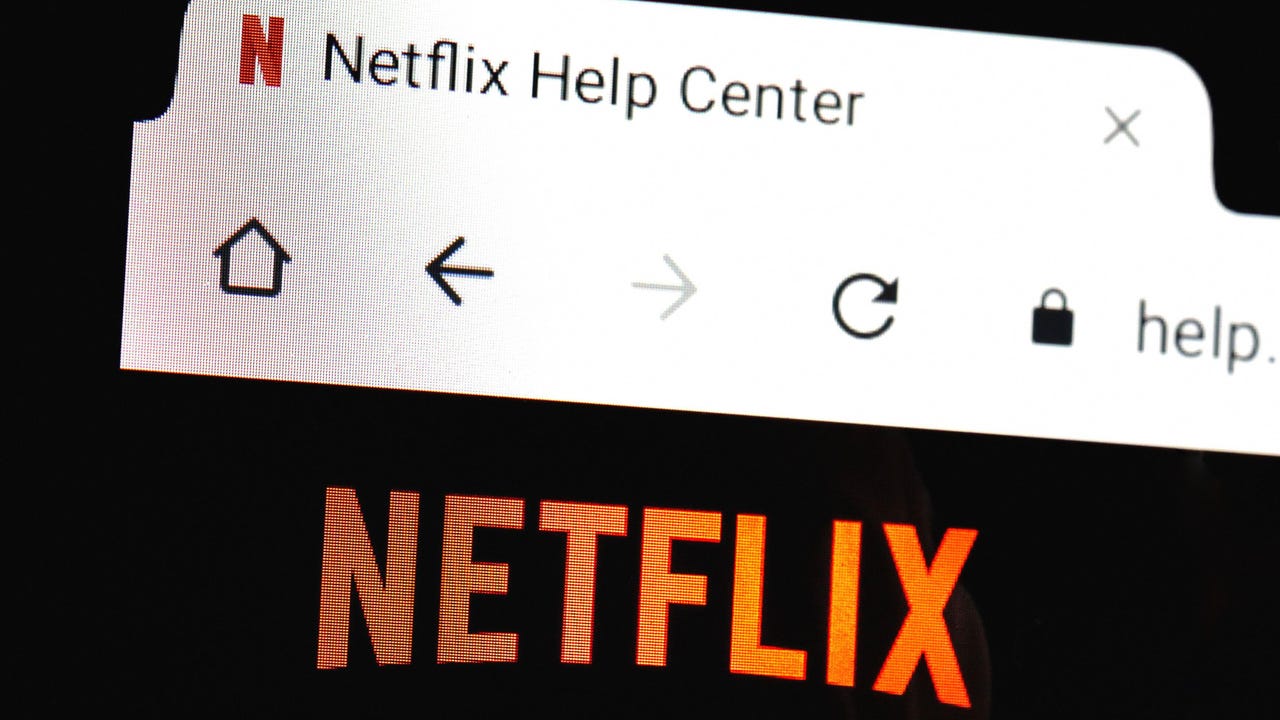
_Paul_Markillie_Alamy.jpg?width=1280&auto=webp&quality=80&disable=upscale#)




















































































































![[The AI Show Episode 154]: AI Answers: The Future of AI Agents at Work, Building an AI Roadmap, Choosing the Right Tools, & Responsible AI Use](https://www.marketingaiinstitute.com/hubfs/ep%20154%20cover.png)
![[The AI Show Episode 153]: OpenAI Releases o3-Pro, Disney Sues Midjourney, Altman: “Gentle Singularity” Is Here, AI and Jobs & News Sites Getting Crushed by AI Search](https://www.marketingaiinstitute.com/hubfs/ep%20153%20cover.png)


































































































![[FREE EBOOKS] The Chief AI Officer’s Handbook, Natural Language Processing with Python & Four More Best Selling Titles](https://www.javacodegeeks.com/wp-content/uploads/2012/12/jcg-logo.jpg)































